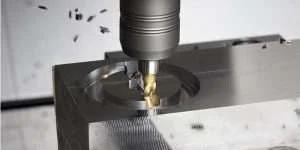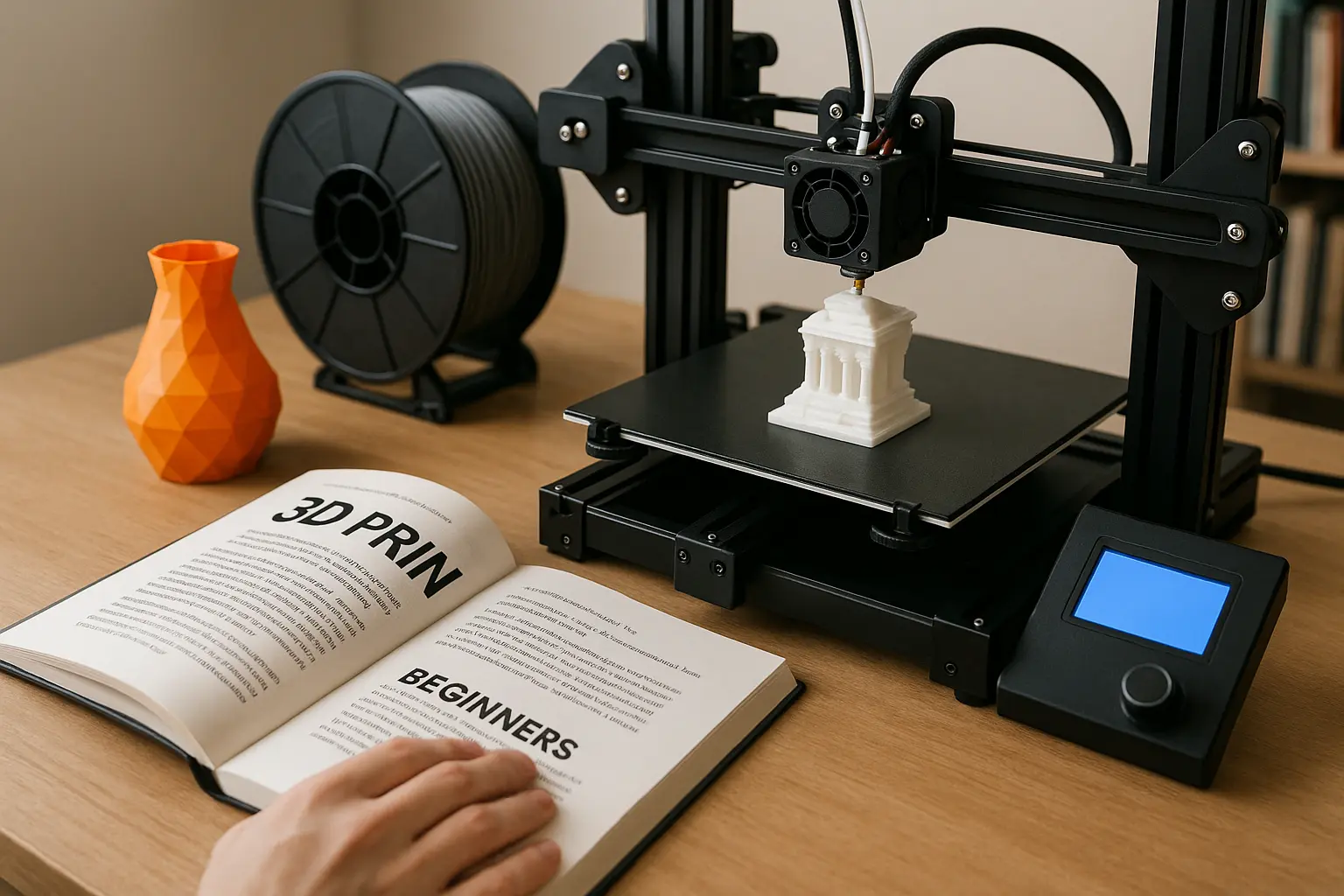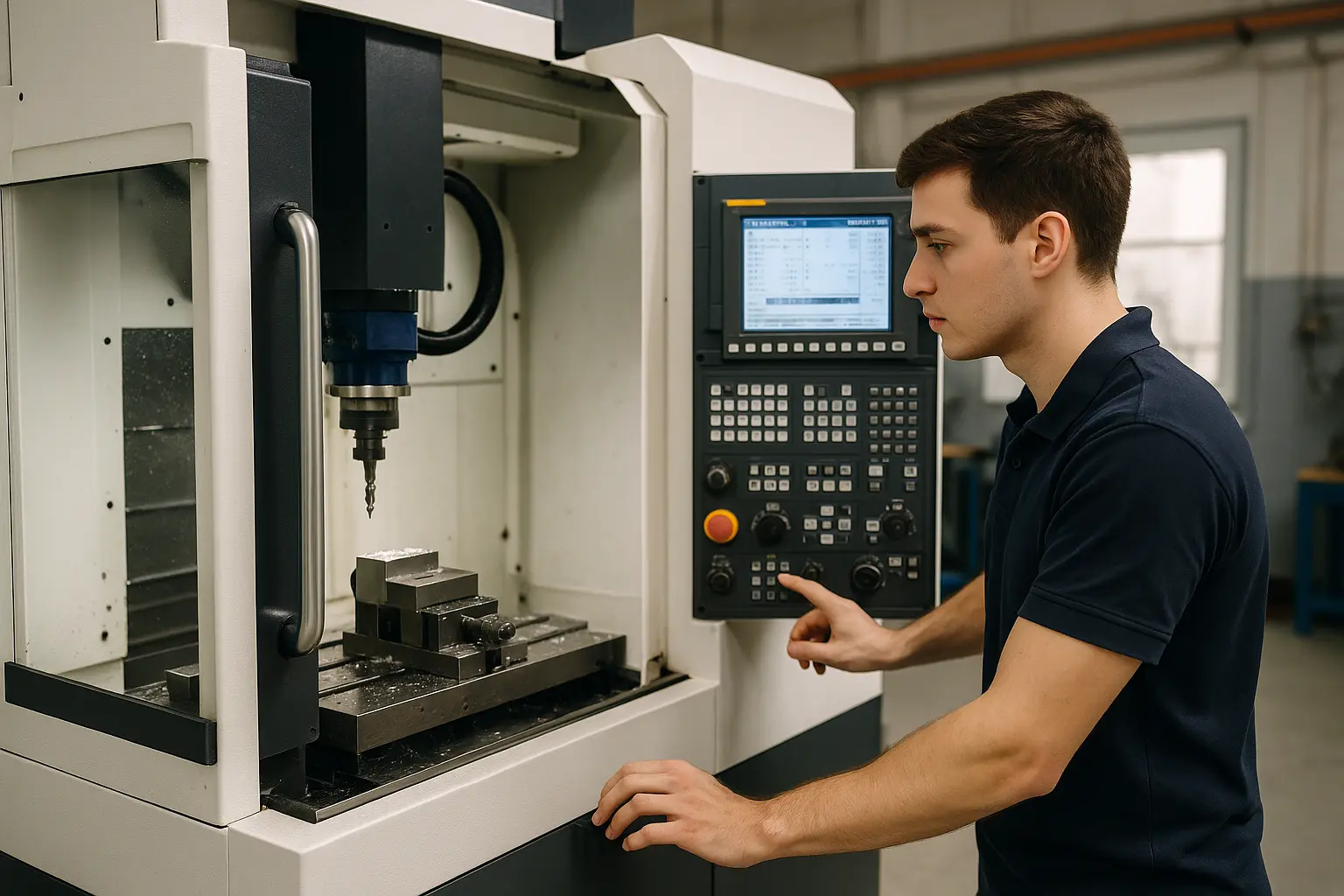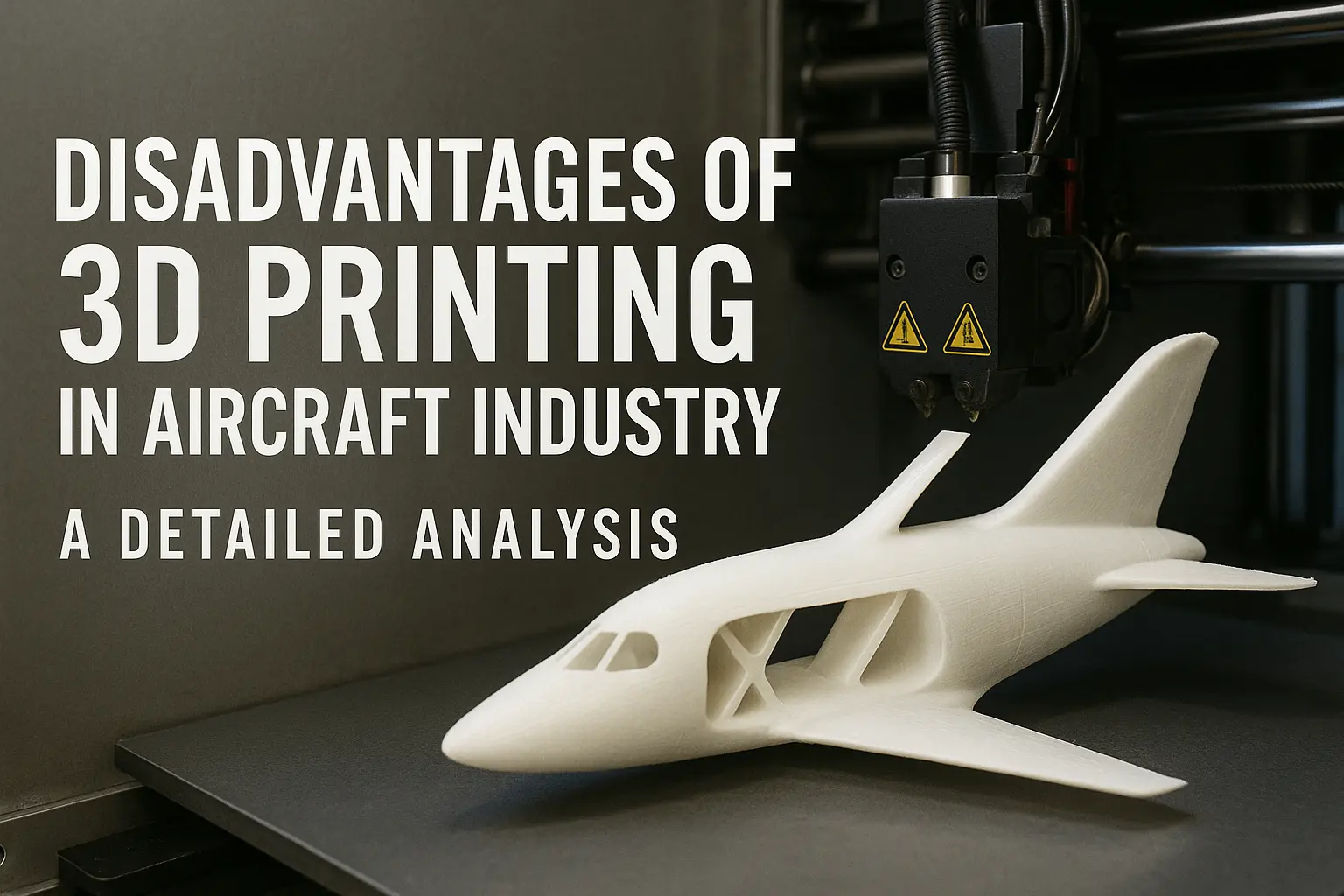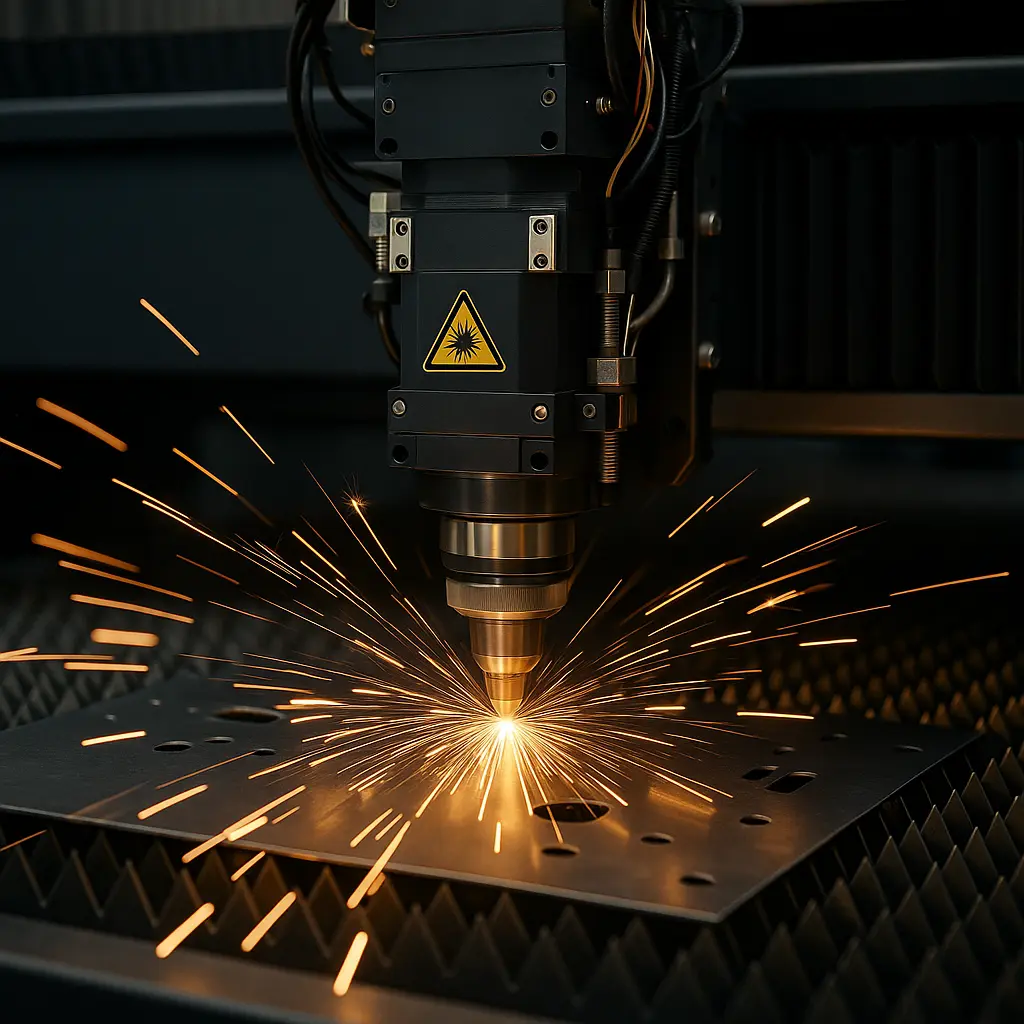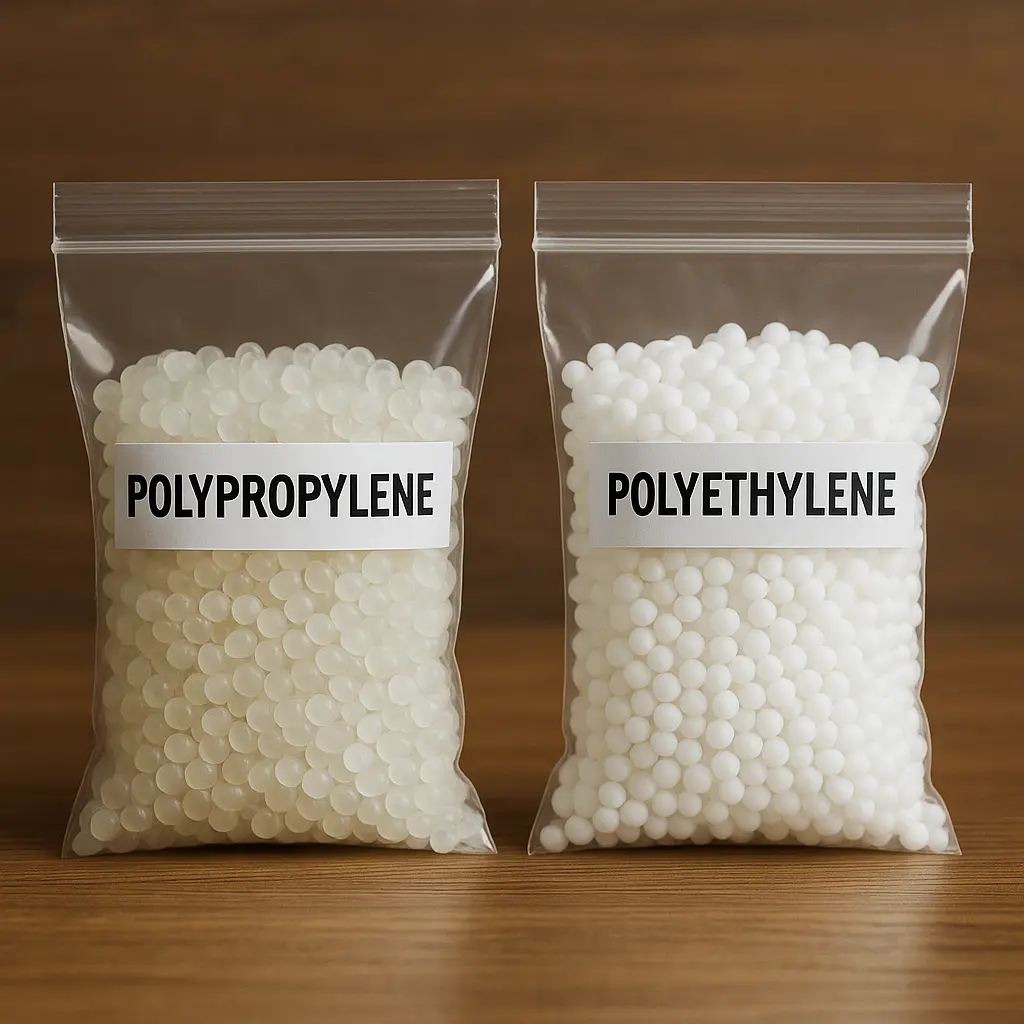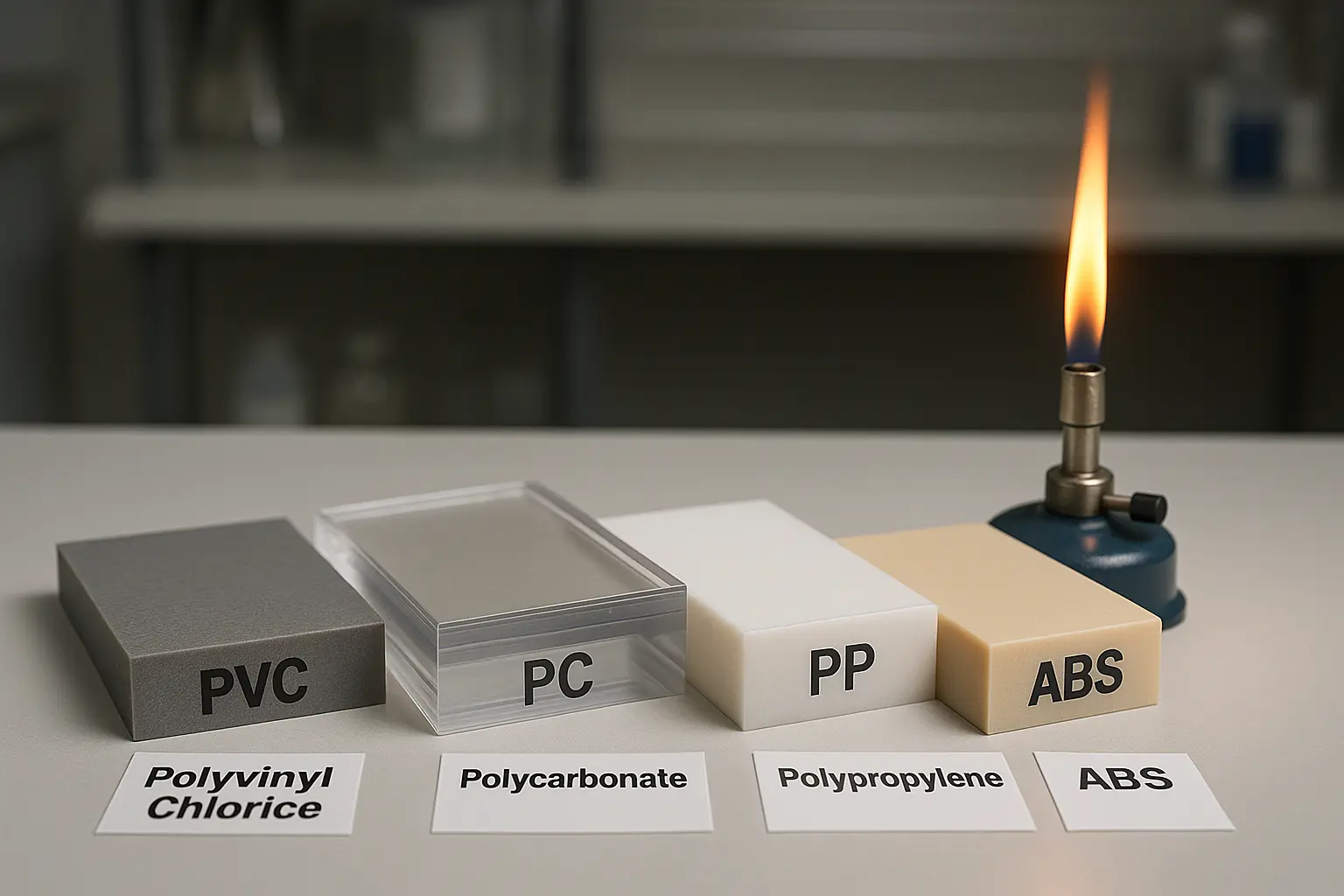Stainless steel is one of the most valuable and popular CNC materials manufacturers use in making prototypes and custom parts. It is an alloy with iron, chromium, and carbon as its primary alloying elements.
However, what is CNC machining stainless steel? It involves using computer numerical control to guide the cutting tools that shape stainless steel into desired dimensions. CNC machining stainless steel may be challenging due to the metal’s high hardness and tensile strength. Hence, understanding the process allows you to achieve excellent results.
This article explains the benefits of using stainless steel for CNC machining, types of stainless steel, the standard stainless steel alloys used for CNC machining magnesium and applications.

Benefits of CNC Machining Stainless Steel
Stainless steel is a commonly used CNC machining stainless steel material across industries. Here are some of the benefits of using stainless steel for your CNC machining projects.
Corrosion Resistance
Stainless steel is naturally corrosion-resistant. Hence, stainless steel machined parts can withstand rust and water stains that can affect their functionality or safety. Due to its high corrosion resistance, manufacturers often use stainless steel for interior and outdoor applications, including kitchen utensils, sinks and faucets, marine, roofing, and facades.

High Tensile Strength
This is the strength a material needs to stretch to its breaking point. The higher tensile strength of stainless steel makes it compatible with the extreme bending and rolling to which it is exposed. This property allows the steel material to remain intact as it is exposed to considerable extreme forces or conditions without failing.
Cryogenic Resistance
Most stainless steel grades retain their stability at a variety of temperatures. For example, austenitic steels show outstanding toughness and increased tensile strength at temperatures less than zero. However, it would be best to note that this feature doesn’t apply to all stainless steel grades.
Appearance
The high chromium content of stainless steel gives it a silver-white color that doesn’t discolor or rust over time. Moreover, stainless steel has an aesthetically appealing appearance. This makes it ideal for engineering and decorative purposes.
Similarly, there are various surface finishes compatible with stainless steel material. Hence, it allows the creation of an aesthetically appealing and functional appearance that matches the applications’ requirements.
Durability and Low Maintenance
Stainless steel has an extended lifespan, making it a preferred material in metal CNC machining projects. CNC machining stainless steel parts are often long-lasting, easy to clean, and require low maintenance. They are also able to withstand extreme temperatures. These properties ensure the extended lifespan of stainless steel machined parts.

Types of Stainless Steel for Machining Projects
Each stainless steel type has unique properties that influence machining processes and outcomes. Hence, understanding the different types of stainless steel for machining projects is essential to achieve excellent results. Below are typical stainless steel types used for machining projects:
Austenitic Stainless Steel
These steels belong to the 300 series, with stainless steel 304 and 316 being the popular grades. Their name comes from the austenitic crystalline microstructures present in the iron. These steels are non-magnetic and contain a high percentage of nickel and chromium. As such, they exhibit excellent corrosion resistance.
Austenitic stainless steels are common materials used in engineering applications. They offer superior low-temperature toughness and excellent workability. These steels are ideal for producing food processing equipment, pressure vessels, heat exchangers, and automotive parts.
Martensitic Stainless Steel
Martensitic steels are mostly magnetic metals with exceptionally high hardness. These steels maintain a similar structure to ferritic steels. Their higher carbon content forms an internal martensite microstructure, providing superior strength and resistance to wear.
They offer lower resistance to corrosion than austenitic stainless steel and can contain high or low amounts of carbon elements. 440, 416, and 420 stainless steel are typical stainless steel in this category.
These steels are suitable for applications that need wear-resistant and high-strength materials since they are compatible with aging and heat treatment. Typical applications of martensitic stainless steel include surgical instruments, firearms, and ball bearings.
Ferritic Stainless Steel
These are highly magnetic CNC machining stainless steel with low carbon and high chromium content. Ferritic stainless steel is highly machinable and highly resistant to stress corrosion cracking. It also lacks a shiny appearance, unlike other stainless steel types. These steels offer superior ductility, allowing them to adapt to different shapes.
Ferritic steels have remarkable thermal conductivity properties that make them suitable for applications like furnaces and boiler heat exchanges. 446 and 434 stainless steel are commonly used ferritic steels. These stainless steels are often used in making industrial tools, kitchenware, and automotive parts.
Duplex Stainless Steel
Duplex stainless steels possess a combined microstructure of austenite and ferrite stainless steel in their design. Hence, they exhibit high strength and excellent corrosion resistance. However, they exhibit poor machinability compared to other types of stainless steel.
Duplex CNC machining stainless steel are usually magnetic because of their ferritic structure. Stainless Steel 2205 is a typical duplex stainless steel grade. Their typical applications include piping systems, heat exchangers, condensers, shells, tubes, and reactors.
Precipitation-Hardening Stainless Steel
These steels are also known as PH stainless steel alloys. They contain alloying elements such as aluminum, titanium, phosphorous, and copper in small portions. These steels are subjected to age-hardening treatment. Hence, PH stainless steels such as the 17-4 PH SS exhibit yield strength three to four times that of austenitic CNC machining stainless steel.
17-4 PH and 15-5 PH stainless steel are typical examples of this stainless steel type. They are specially curated to achieve desired outcomes, making them ideal for applications requiring extremely high strength. Examples include chemical industry, aircraft, nuclear plants, and marine construction.

Common Stainless Steel Alloys for CNC Machining Process
There are different CNC machining stainless steel alloys suitable for various purposes. Here are the commonly used stainless steel alloys:
SS304
The SS304 is one of the most commonly used stainless steel alloys. It is more affordable than most alloys and is known for its good weldability and machinability. 304 stainless steel is highly susceptible to corrosion and cracking. It exhibits incredibly high work hardening during undercut machining. Its typical uses include automotive parts, heat exchangers, food handling, and architectural applications.
SS303
It is a readily available free CNC machining stainless steel, moderately priced, and highly machinable. The SS303 alloy offers outstanding machinability and good resistance to corrosion. This alloy is unsuitable for welding or marine applications. Also, it doesn’t harden during heat treatment. Aircraft fittings, bushings, electronic hardware, nuts, bolts, and screws are typical parts made with SS303.

SS316
316 stainless steel exhibits greater corrosion resistance than 304. It can withstand harsh chemicals due to its superior corrosion resistance. Hence, it is ideal for chloride environments. 316 stainless steel requires special cutting tools because it is difficult to machine. Handrails, fasteners and fittings, heat exchangers, pipes, and boat fittings are common uses of CNC machining stainless steel 316.
SS416
SS 416 is another free-machining stainless steel. They are the most machinable stainless steel alloys with moderate resistance to corrosion and excellent strength. Although they exhibit a certain level of corrosion resistance, they are unsuitable for marine environments. They perform poorly in chlorine-saturated environments. They are not compatible with welding methods. Typical applications of SS416 include pumps, valves, shafts and gears, nuts and bolts.
SS Grade 17-4
It is a martensitic precipitation-hardening CNC machining stainless steel grade. It offers unique properties required for heavy-duty applications. Although SS grade 17-4 exhibits high strength, toughness, and excellent corrosion resistance, it is susceptible to heat damage. Aircraft turbines, oil and gas, and nuclear reactions are typical 17-4 PH SS applications.

What are the Limitations of Machining Stainless Steel?
CNC machining stainless steel can be complicated. These metals fall between aluminum and titanium in terms of strength, hardness, machinability, and ability to resist temperature. We will discuss some of the common setbacks of machining stainless steel below:
High Hardness
Stainless steel’s relatively high hardness causes inevitable setbacks during CNC machining. It causes increased machining time, tool wear, heat buildup, and residual stress and affects the surface finish of stainless steel parts.
Overheating
Stainless steel exhibits poor heat conductivity, unlike other types of steel and metals. However, CNC machining stainless steel results in rapid heat buildup, which can damage the material, the cutting tool, and the CNC machines during the operation.
Harden Quickly
Machining stainless steel is more tedious than most metals because it hardens quickly and is difficult to manage. As a result, you would need to use specialized tools to achieve the best results when machining stainless steel.
Technical Expertise
CNC machining stainless steel may require technical expertise and consideration because the process is complex. Using incompatible CNC machining tools or speed can damage the stainless steel material. Hence, this challenge makes stainless steel CNC machining extremely slow and laborious.

Practical Tips for Stainless Steel Machining Success
Here are some of the best practices to consider when CNC machining stainless steel to ease the machining process and prevent potential complications.
Manage OverHeating
Heat is one of the several challenges machinists encounter in CNC machining steel. Monitoring the cutting temperature is essential to achieve the best results. Besides, you can introduce air blast or mist cooling mechanisms to the cutting to mitigate overheating. Similarly, coolants help to reduce friction and prolong the lifespan of cutting tools. Machining experts recommend intermittent cutting cycles since continuous machining increases tool wear and overheating.
Choose a Suitable Cutting Fluids
Choosing the appropriate cutting fluids (coolant or lubricant) for CNC machining stainless steel helps to mitigate heat and friction during the operation. The suitable cutting fluids protect the machining tools from excessive wear and tear. This enhances the stainless steel parts’ surface finish.
At the same time, it reduces overheating or work-hardening problems and ensures smooth chip evacuation. Generally, machining experts recommend using soluble oils or semi-synthetic fluids for high-speed machining operations.
Protect the Workpiece from Deformation
Deformation is one of the reasons why CNC machining stainless steel can be challenging. Factors such as incompatible speeds, feed rate, and chosen cutting tools can deform a workpiece. Hence, experts advise minimizing cutting force because high cutting forces contribute to workpiece deflection. Similarly, use secure and stable work-holding tools to prevent chattering or vibration, which can influence the surface finish or tool life.
Choose Special End Mills and Drills
When machining stainless steel, use CNC tools made from high-quality materials like tungsten or molybdenum HSS end mills and drills. These tools can handle the stress of the stainless steel machining process with minimal tool wear.
Moreover, these tools often provide a better surface finish in CNC machining stainless steel parts. Therefore, do not use tools that wear easily because they can reduce machining speed, increasing the CNC machining cost.
Employ Pecking and Chip-breaking Cycles
It would be best to use pecking and chip-breaking cycles to manage chip formation effectively when machining stainless steel. It would help to prevent long and stringy chips during the process. However, consistently checking the cutting tool is another way to manage chip formation in CNC machining stainless steel since worn CNC tools form more chips.

CNC Cutting Tools and Their Coatings Suitable for Processing SS Parts
- Cemented Carbide Tools: These tools are ideal for high-speed or higher-feed CNC machining stainless steel. These cutting tools often have tips made from tungsten carbide or a blend of tungsten with other metal carbides, including niobium, titanium, or chromium.
- High-Speed Steels (HSS) Tools: Molybdenum and tungsten HSS are best used for high-feed, low-speed machining of stainless steel material. Molybdenum offers a perfect blend of hardness and strength, while tungsten provides good abrasion resistance.
Various coating materials are applied on the CNC tools for machining stainless steel. These coatings are suitable for increasing the hardness and longevity of these tools. Typical coatings include:
- Titanium Nitride
- Titanium Carbo-Nitride
- Titanium Aluminum Nitride
- Chromium Nitride
- Diamond

Applications of Stainless Steel Machined Parts
CNC machining stainless steel parts have a range of uses. Below are their typical applications.
- Automotive Industry: Automotive manufacturers use stainless steel alloys to make different vehicle parts such as the body, frame, exhaust system, and fuel tank.
- Aerospace Industry: Typical examples of CNC machined steel parts used in the aerospace industry include jet engine components, landing gear, and airframes.
- Medical Industry: Manufacturers in the healthcare sector use stainless steel for different medical CNC parts due to its corrosion resistance attribute. Typical examples of stainless steel parts in the medical industry include needles, scalpels, tweezers, infusion stands, and wheelchairs.
- Kitchenware: Manufacturers use CNC machining stainless steel to make cookware and food packaging items since it is very hygienic.
- Engineering Construction: Stainless steel material offers strength and resistance to corrosion and impact, making it perfect for structures like bridges.
Get Stainless Steel CNC Machining Services at Xcmachining
At Xcmachining, we provide professional stainless steel machining services. As an ISO 9001:2015 CNC shop, we ensure your custom stainless steel parts meet stringent quality standards. Our expert machinists have years of experience in CNC machining services. We also offer comprehensive services, including 3-, 4-, and 5-axis CNC machining, sheet metal fabrication, vacuum casting, and injection molding.
Our experienced team of experts can examine the manufacturability of your steel parts and provide practical recommendations to optimize your project. Contact us today to get a free quote.
Conclusion
Many industries rely on CNC stainless steel machining to make high-strength parts for different uses. Stainless steel offers several unique material properties, such as high strength, excellent strength-to-weight ratio, corrosion resistance, and extended lifespan. CNC machining stainless steel facilitates the cost-effective mass production of precise and accurate parts with high-quality surface finishes.
FAQs
Is stainless steel a difficult metal to machine?
Machinists encounter certain difficulties when machining stainless steel. However, these difficulties are common to most machining processes, and they can be easily managed with the right expertise and machining tools.
What surface finish is compatible with CNC machined stainless steel parts?
Different surface finishes are suitable for enhancing the functionality and aesthetic of machined steel parts. These include blushing, polishing, brushing, blasting, and passivation.
What are the typical stainless steel machining processes?
Stainless steel is compatible with different machining processes. Machinists use common machining processes like milling, turning, grinding, threading, EDM, and waterjet cutting to shape stainless steel into different parts and components.

